Blood Flower Super-moon Penumbral Lunar Eclipse on May 26 was visible from most parts of India for a short span. This eclipse was visible in the region covering South America, North America, Asia, Australia, Antarctica, Pacific and Indian oceans. Partial or Penumbral Lunar Eclipse is not a mesmerising astronomical event, since it occurs every year.
But on May 26, everyone could see the blood supermoon, the biggest and brightest full moon of the year. On that day, the distance between Moon and Earth was 3,57,365 kilometers.
On May 26, 2021, the full moon swept through the Earth’s dark umbral shadow, creating a total eclipse of the moon. This May full moon is 2021’s closest (and therefore biggest and brightest) full moon of the year: a supermoon. On May 26, at Mysuru, the beginning and middle phases was not discernible but the ending phase of the Penumbral Eclipse was visible. But many parts of Karnataka was very cloudy.
Following first contact, the Moon’s more easterly limb will show a growing dark “nick” as it begins to enter the umbra more deeply. At a total lunar eclipse, Moon takes about an hour to become completely immersed in the umbra. To begin with, there is little to see beyond a darkening of part of the Moon, but as the eclipsed portion increases, some colour may become evident.
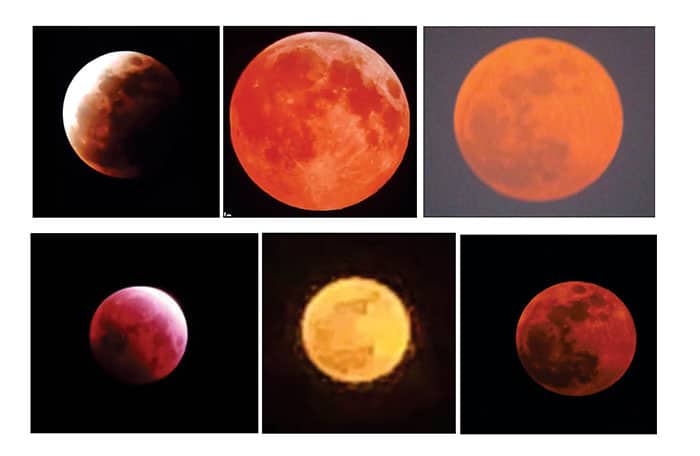
The curved edge of the umbra may show a slight blue fringe. Refraction of sunlight — particularly at the red end of the spectrum — through Earth’s atmosphere means that the umbra is not completely dark. Consequently, the Moon does not usually disappear from view; instead, it is dimmed and often takes on a reddish colour, which becomes increasingly apparent as the umbral phase advances. The diameter of Earth’s umbra is thought by some to change in response to solar activity, perhaps decreasing at solar maximum as the upper atmosphere becomes slightly more extended in response to increased ultraviolet and X-ray emissions.
Many observers try to measure the precise extent of the umbra during eclipses by timing the passage of its edge across identifiable lunar features such as craters. Unless a lunar eclipse is very dark, it is usually quite easy to make out the dark Maria, contrasting with the brighter, cratered highlands, with the naked eye.
Note: Snaps have been used wherein it was visible from South America, UAE, Dwarka, Gurgaon, Gujarat. Photo courtesy and report by Dr. S. A. Mohan Krishna, Amateur Astronomer, Mysuru.



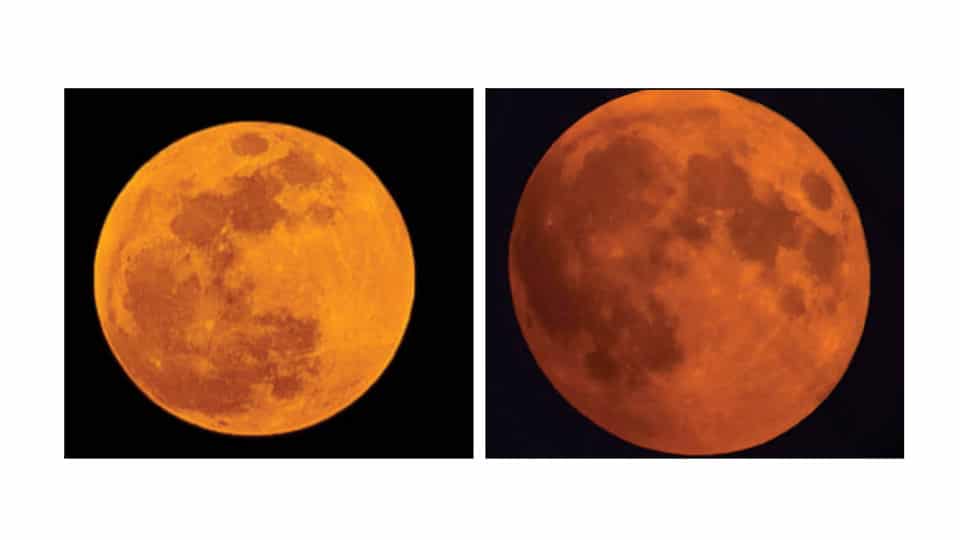
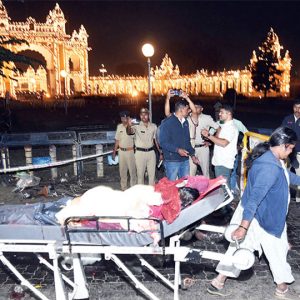

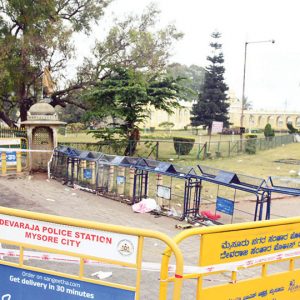
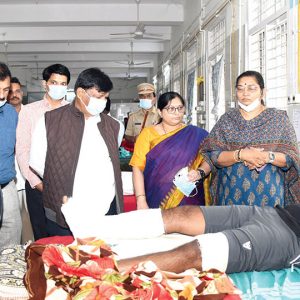
Recent Comments